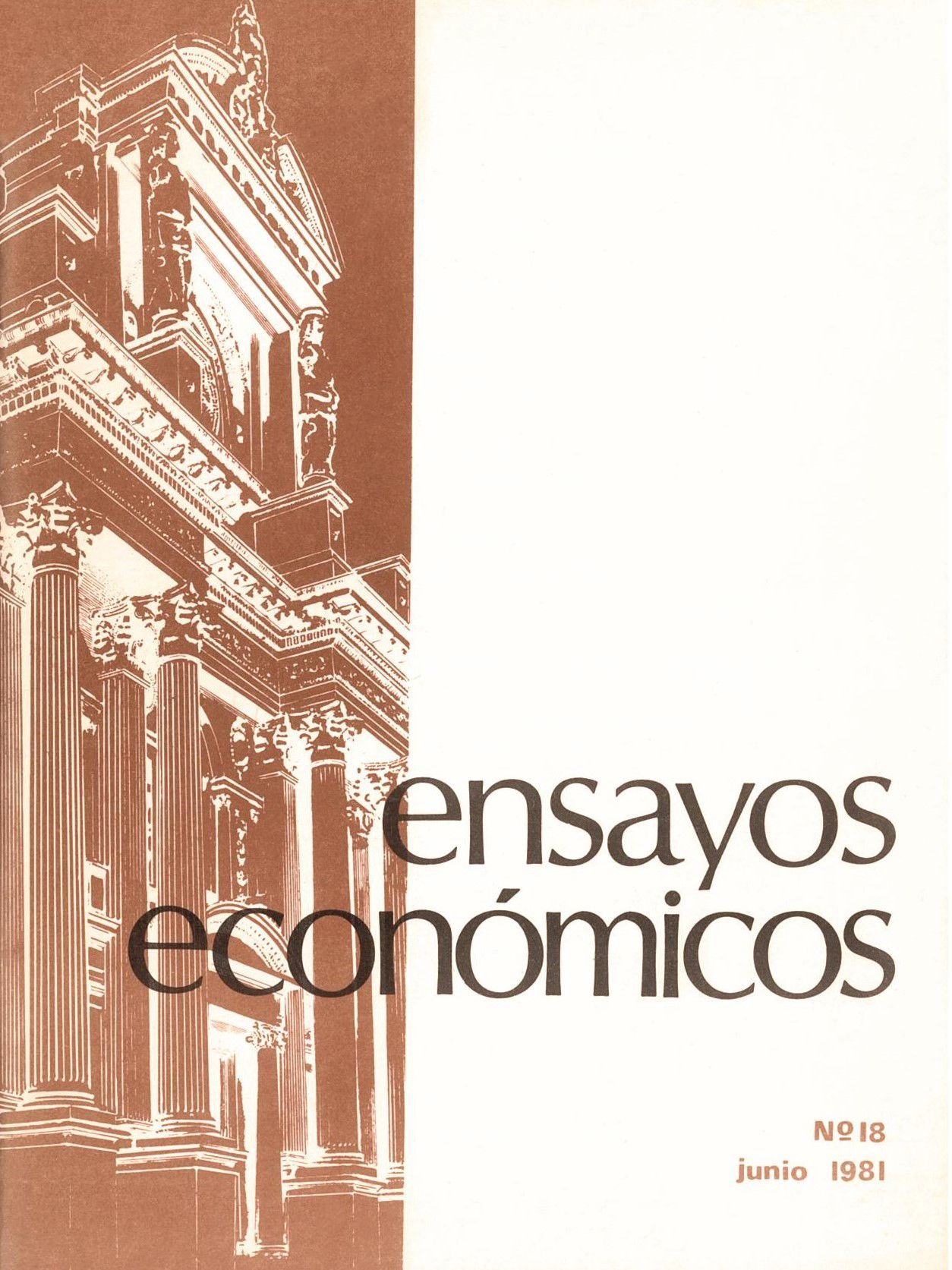Evolution of interest rates in Argentina, a time series analysis
Keywords:
Argentina, Banks, Financial System, Interest Rates, Time Series AnalysisAbstract
The existing regulations for the Argentine financial market were substantially modified since June 1977. We moved from a centralized deposit scheme, similar in many ways to a 100% legal reserve system, to a fractional reserve system. In addition, other regulations were liberalized, such as the regime for opening branches and financial institutions. Within this program, it was also decided to liberalize the interest rates that different financial entities can charge and pay to their clients. These reforms raise new situations that the monetary authority must analyze, particularly regarding the behavior of interest rates. In a previous note, two alternative models were presented to identify the main determinants of monthly interest rates. The present article attempts to analyze the behavior of weekly interest rates on 30-day deposits and the cut-off rate paid with 28-day Treasury Bills, from the reform until September 1980, and the relationship between interest rates and the amount of money, defined in this case as the adjusted monetary base.
JEL classification: E43 ; G21 ; G28




